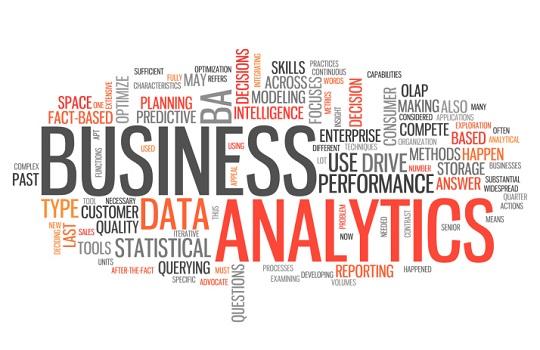In an age where Google knows what you’re looking for before you’ve finished typing, it’s surprising that business professionals lack the tools to organically discover information about their workforce. People managers are tasked with making strategic decisions around talent and staffing that hugely impacts their businesses, yet can’t easily get to data that results in truly informed decisions.
Executives want to know from their HR teams: “Who should we hire and promote? How much should we be paying our contract workers? How quickly has our workforce grown in the past year?”
The problem isn’t that there’s not enough data to help HR best answer these questions – there’s no shortage of that. The problem is making it easy to access, analyse, and then act upon the findings – also known as actionable analytics.
Software for analysing enterprise data has been used by finance and other departments to better understand or even predict financial performance, or for determining profitable customers and products. In these instances, separate analytics systems are often purchased, and data from a company’s operational system is moved into them – a huge and expensive effort that relies heavily on the IT department.
Within recent years, however, new innovations in enterprise technology are making actionable analytics more accessible to HR managers. Cloud computing is one: having HR data in the cloud means all workforce data from across the globe can be centralised in a single place and accessible from anywhere. In addition, there are new ways to structure data, making it much easier to get to information than it has been with traditional enterprise software.
Meanwhile, mobile devices have evolved in scope and ability, and expectations of users have also advanced. For example, as consumers we are provided with all sorts of insightful experiences when we’re shopping online for new products and services – even recommendations for specific items based on past purchases. These experiences and expectations, in turn, have motivated the HR technology industry to get better at delivering critical workforce information that people can act upon from whatever device they are using at that moment.
Perhaps an executive wants to know who among her managers has the best track record for hiring the top performers within the company. With actionable analytics, she should be able to find that information very quickly, and even execute an on-the-spot bonus to that top hiring manager from within the HR system.
In another example, let’s say the vice president of marketing and sales wants to know how long it’s taking teams within her organisation to fill headcounts. She runs a report and determines that the sales team is considerably behind in its hiring goals. As a result, she decides to freeze hiring in marketing until sales catches up, as the revenues may not be there to support additional marketing personnel. Through this one report, the executive was able to make a critical workforce decision based on direct insight into the business.
Actionable analytics with big data
Broadening access to internal data for actionable analytics should be just the start. External factors that could impact decisions can be just as important for global companies. Local salary benchmarking data, country exchange rates, and changes to regional employment laws all factor into talent decisions and strategic planning for global companies.
Big data represents large and often complex unstructured data sets that are difficult to manage with normal database and technology tools. However, big data is no use to a business in isolation. The idea of pulling together information from both external and internal sources to make better business decisions is something the HR technology industry is now bringing to its customers.
Supporting the 'always-on' workforce
To make actionable analytics work, an intuitive and modern user experience is critical. The past decade has seen the advent of consumer-driven technology including many options to engage through social media and mobile applications in multiple form factors.
For many people, these experiences and devices span both their personal and professional lives. It’s only natural that they want to carry over the benefits of consumer technologies into their working lives, with the ability to find information quickly, collaborate as teams, and make decisions faster wherever they may be – at their desks, on a tablet device, or a smartphone.
With the emergence of actionable analytics, it’s an incredibly exciting time to be in the field of HR. It’s now possible for businesses to create environments where their leaders and HR managers make truly informed workforce decisions that drive their companies forward and prepare them for future success. Supported by a modern user experience and accessibility from devices of choice, actionable analytics is what will elevate the practice of human resources to the next level – doing for businesses what Google pre-emptive search did for internet use.





